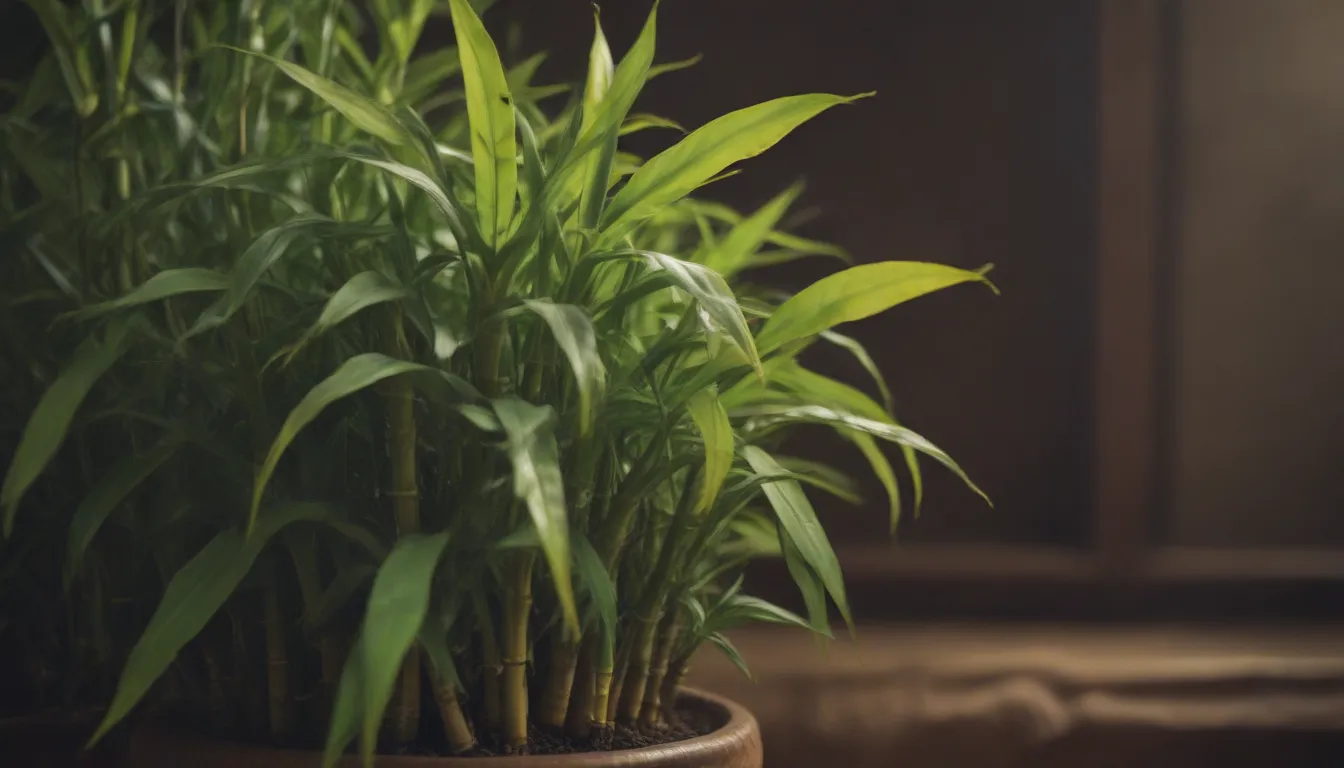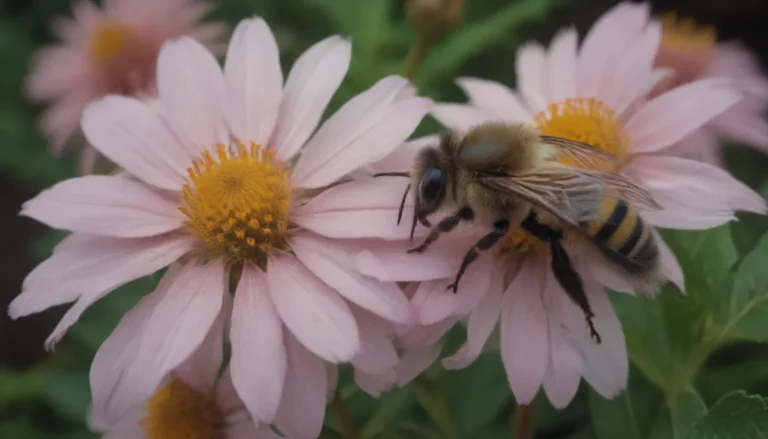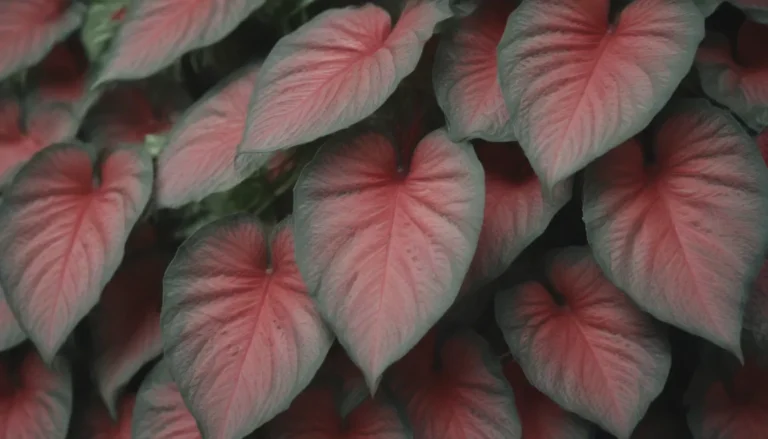Why Is My Lucky Bamboo Turning Yellow? Let’s Find Out!

If you’ve noticed that the leaves of your lucky bamboo plant are turning yellow, don’t panic just yet. There are several reasons why this might be happening, and with a little bit of care and attention, your plant can bounce back to its vibrant green self in no time. Lucky bamboo, also known as Dracaena sanderiana, is a popular houseplant that is cherished for its ease of care and interesting appearance. In this article, we will explore seven possible reasons why your lucky bamboo may be turning yellow, and what you can do to help it thrive once again.
1. Too Much Sunlight
While plants need sunlight to thrive, too much direct sunlight exposure can actually harm your lucky bamboo. If your plant is placed in a spot where it receives intense sunlight, the leaves may start to yellow and become crispy. To remedy this issue, relocate your plant to an area with dappled or indirect sunlight. Additionally, trim off any damaged leaves to encourage new growth.
2. Overwatering
Overwatering is a common culprit when it comes to yellowing leaves on lucky bamboo plants. This issue can be tricky to detect, especially if you are growing your bamboo in water with pebbles. Stagnant water can lead to root rot, which in turn causes the leaves to yellow. If you are growing your bamboo in water, be sure to change the water at least once a week to prevent this problem.
3. Over-Fertilizing
Too much fertilizer can also cause the leaves of your lucky bamboo plant to discolor. Lucky bamboo is a relatively low-maintenance plant that doesn’t require frequent feeding. A drop of liquid fertilizer once a month is more than enough to meet the plant’s nutritional needs. If you are using a quality potting mix with good drainage, your plant should have all the nutrients it needs to thrive.
4. Harsh Water
The quality of the water you use to hydrate your lucky bamboo can also affect its health. Chemicals present in tap water, such as those used for softening or purification, can be harmful to your plant. To avoid this issue, consider using distilled water, rainwater, or allowing tap water to sit for at least an hour before watering your bamboo. This allows chlorine and other chemicals to dissipate.
5. Abrupt Temperature Changes
Sudden fluctuations in temperature can stress your lucky bamboo plant and cause its leaves to yellow. If your plant is exposed to cold drafts from windows or doors during the winter, it may suffer damage. Similarly, a sudden increase in heat can also lead to yellowing leaves. To prevent this, move your plant to a stable location where it won’t be subjected to extreme temperature shifts.
6. Overcrowded Container
If your lucky bamboo plant has outgrown its current container, its roots may be struggling to thrive. Repotting your plant into a larger container is essential to promote healthy growth and prevent yellowing leaves. If you are growing your bamboo in water with pebbles, be sure to clean the pebbles before transferring them to a new container.
7. Age
As your lucky bamboo plant ages, it is normal for some of its leaves to turn yellow. This is often a sign that the plant is preparing to put forth new growth. To encourage fresh green leaves to emerge, simply trim off the yellowed ones with a clean pair of scissors. While yellow leaves may not revert to their original green color, removing them will make way for new growth.
When you notice your lucky bamboo plant’s leaves turning yellow, take prompt action to identify the underlying cause. Once you have addressed the issue, trim away any damaged leaves to stimulate new growth. Remember, patience is key, as it may take some time for your plant to fully recover and regain its vibrant color. With proper care and attention, your lucky bamboo will continue to bring a touch of nature’s beauty into your home for years to come.





